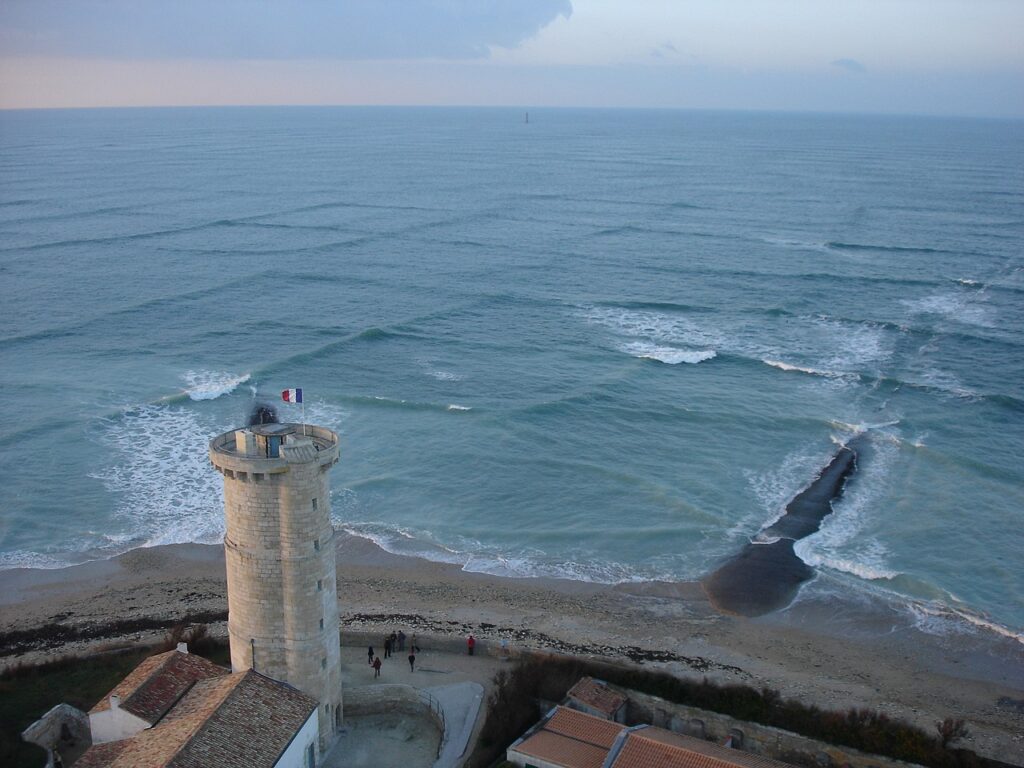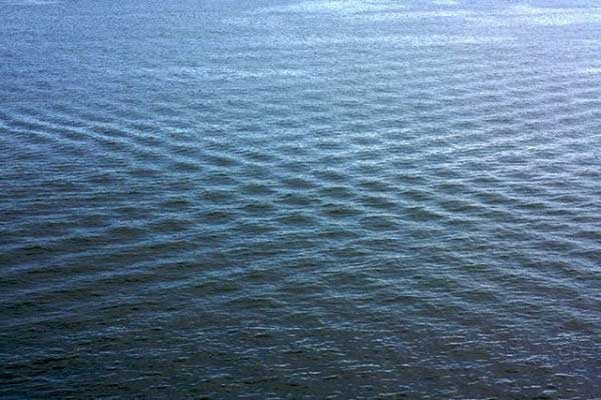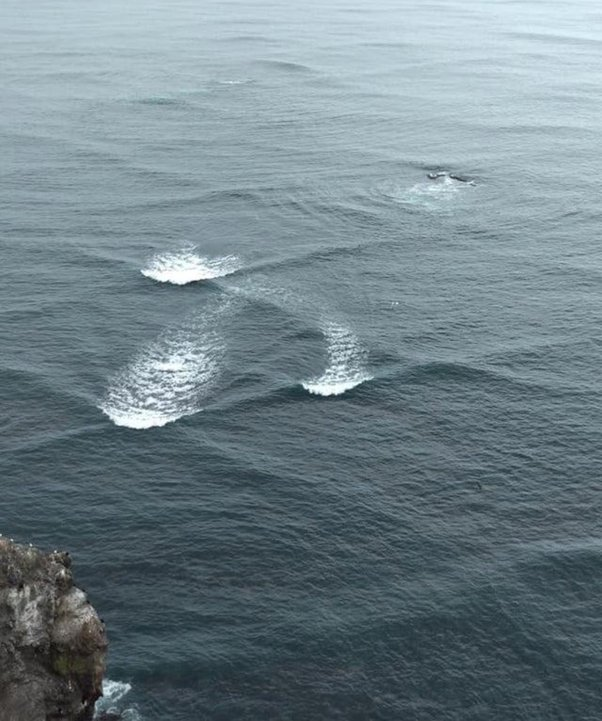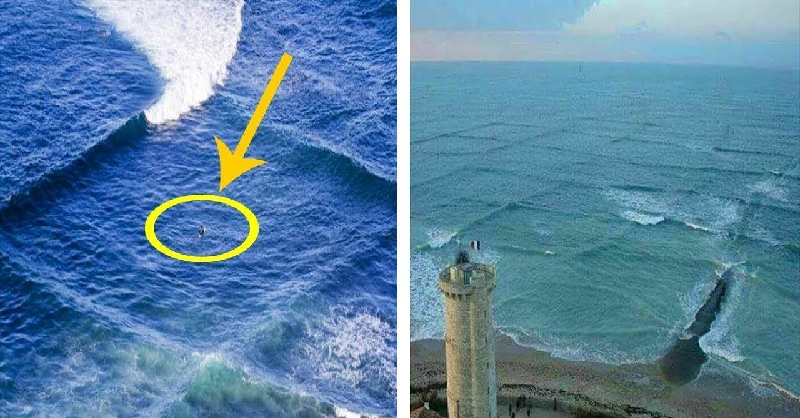Picture this: you’re lying on a sun-kissed beach, the warm sand cradling your body, and the rhythmic sound of waves gently lapping against the shore. It’s the epitome of relaxation, the kind of holiday scene we all dream of. But while the ocean offers beauty and tranquility, it also harbors hidden dangers that most people aren’t aware of. One such danger is the phenomenon of square waves, a rare yet potentially deadly occurrence that every beachgoer should be aware of.

Square waves, also known as a “cross sea,” are a unique and visually striking ocean phenomenon where waves intersect at right angles, creating a pattern that resembles a checkerboard. While this sight might seem mesmerizing from a distance, it’s actually one of the most dangerous conditions you can encounter in the ocean.
Square waves form when two distinct wave systems collide in the ocean. This typically happens when a windsea, generated by local winds, meets a swell, which is a longer wave created by distant weather systems. The result is a grid-like pattern of waves that can be incredibly treacherous for both swimmers and boats.
The danger of square waves lies in their unpredictable nature. Unlike regular waves, which move in a single direction, square waves push water in multiple directions simultaneously. This can create powerful currents that are difficult to escape, even for strong swimmers. Boats and ships can also struggle to navigate through these conditions, as the intersecting waves can cause them to capsize or lose control.
In fact, the European Space Agency noted in 2010 that square waves are more common than most people realize and have been linked to a significant number of ship accidents. A 2004 study found that a large percentage of ship accidents occurred in crossing sea states, highlighting the severe risks posed by this phenomenon.
If you’re curious to see square waves in person, one of the best places to observe them is along the western coast of France, on the Île de Ré. From a safe distance, these waves create a stunning visual display. However, it’s crucial to admire them from land, as venturing into the water during a cross sea is extremely dangerous.

Square waves don’t happen very often, but when they do, they tend to occur near coastlines. While they can be a rare sight, their unpredictability and the severe danger they pose make them a phenomenon that should be taken seriously whenever they appear.
If you ever find yourself at the beach and notice square waves forming, the best course of action is to stay out of the water. Avoid swimming or taking a boat out during these conditions, as the rough seas can quickly become overwhelming and dangerous. Instead, consider staying on the sand or taking a quick dip in shallow waters where the effects of the square waves are less pronounced.
If you’re already in the water when square waves begin to form, you may not immediately recognize the grid-like pattern. However, you’ll likely notice that the swells become larger and that you’re being pulled in different directions by two opposing currents. In such a scenario, the safest option is to swim back to shore as quickly as possible. If the waves become too strong, try to stay calm and conserve your energy, waiting for a break in the waves to make your escape.

While square waves are hazardous for swimmers, they pose an even greater risk for boats and ships. The intersecting waves can easily throw vessels off course or cause them to capsize, especially in rough seas. For this reason, it’s crucial for boaters to be aware of square wave conditions and avoid venturing out when they are present.
Understanding the dangers of square waves is just one aspect of being a responsible beachgoer. The ocean is full of hidden risks, from rip currents to changing tides, and staying informed can help you enjoy your time at the beach safely.
Recognizing square waves can be challenging, especially if you’re unfamiliar with the phenomenon. However, there are a few key signs to look out for:

- A checkerboard pattern on the ocean’s surface.
- Waves moving in multiple directions.
- Larger swells and rougher seas than usual.
When planning a trip to the beach, always keep safety in mind. Here are a few tips to help you stay safe near the water:
- Always check the weather and ocean conditions before heading to the beach.
- Never swim alone, and stay in designated swimming areas where lifeguards are present.
- Be aware of local hazards, including rip currents, changing tides, and square waves.
- If you notice square waves forming, stay out of the water and warn others.
The beach is a place of beauty and relaxation, but it’s also essential to respect the power of the ocean. Square waves are a rare but dangerous phenomenon that can turn a peaceful day at the beach into a life-threatening situation. By staying informed and vigilant, you can enjoy the ocean safely and make the most of your beach holiday.
Next time you head to the beach, remember the dangers that square waves pose. Whether you’re swimming, surfing, or just enjoying the view, staying safe should always be your top priority. Share this information with your family and friends to ensure that everyone can enjoy the ocean without putting themselves at risk.


